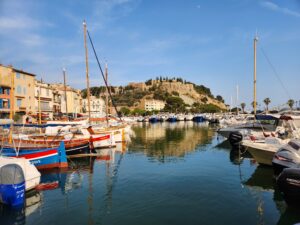
The South of France includes Provence and the Côte d’Azur to the Alps and Occitanie to the Pyrénées. Driving along the French Riviera’s coastline and hopping along its glitzy seaside cities is a dream. The combination of sunshine, water, cuisine, and vineyards is pure magic.
Adventures | Must Sees | Food
ADVENTURES
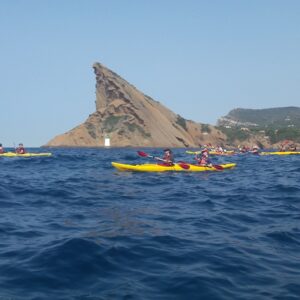
Kayaking the Côte d’Azur
Kayak the French Riviera’s jagged calanques, island sea caves, and an old shipyard.

Route des Crêtes
The scenic road connects La Ciotat to Cassis. It rises to Cap Canaille, France’s highest sea cliff.

Calanques
Hike or kayak to the steep-walled narrow inlets. Or, from Cassis, take a boat tour of Calenque d’En-Vau.
MUST SEES
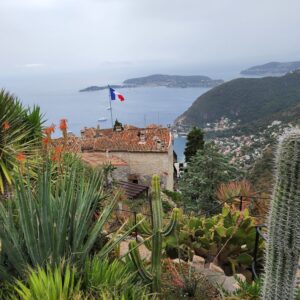
Èze
Èze is a perché, or village perched on a hill. The small medieval village spirals to the top of the Eagle’s Nest. Curving red brick paths climb past huge fortification walls. From the Jardin Exotique at the top, you can view the Mediterranean.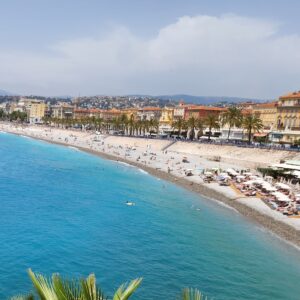
Nice
Nice is the jewel of the Riviera. The beach by the Promenade des Anglais is covered with pebbles. There are carpets and ropes to help swimmers return to the beach. Old Town has colorful buildings topped with red-tiled roofs.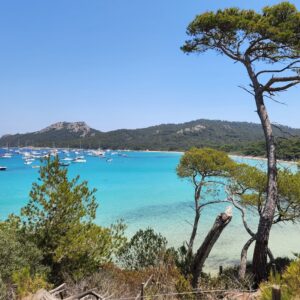
Porquerolles
Porquerolles is a stunning island off the southernmost tip of the French Riviera. Plage de la Courtade is a spectacular white sand beach with azure water. Catch a ferry from Hyères on the mainland. The car-free environment is a paradise for riding bikes.
La Ciotat
La Ciotat has a long boardwalk by the sea. While it was once a shipping center, it has now pivoted to renovating yachts and ships. Past the ship yards, the best calanque in La Ciotat is at Anse de Figuerolles, beneath the Eagle’s Beak rock.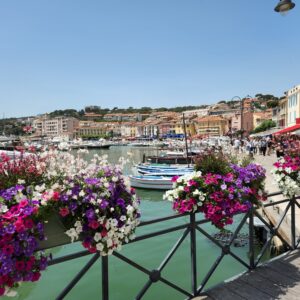
Cassis
Cassis is a charming seaside village with pastel restaurants and a flotilla of sailboats. Sample ice cream, bouillabaisse, calissons, and tarte tropezienne. The buildings are colorful, vivid flowers are at every corner, and the city is lit at night.
Marseille
Marseille is a hot and gritty city, brimming with energy, wrapped in a rich fabric of diversity. Le Panier’s alleys and stairs lead to vibrant street art and hidden plazas. Vieux Port is a deep harbor port with an eclectic mix of dining options.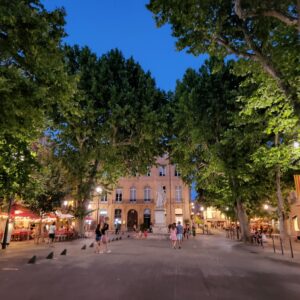
Aix-en-Provence
Aix is a bourgeois city that artfully blends city living in a well-heeled space. Cours Mirabeau is a wide tree-lined boulevard starting from the grand fountain at La Rotonde.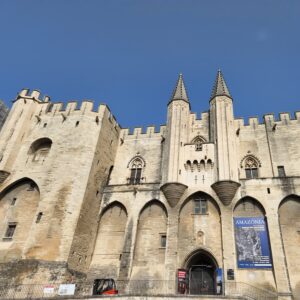
Avignon
Avignon, on the Rhône River, is a major urban area within Provence. Seven Catholic popes once ruled from the Palais des Papes. The ruins of Pont Saint-Bénézet only span part of the river.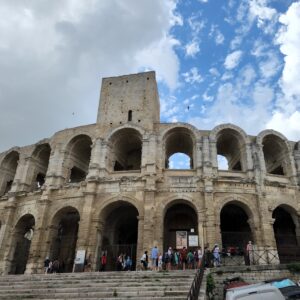
Arles
Arles is famous for its well-preserved Roman amphitheater. During the 14 months Vincent van Gogh spent in Arles, he created his greatest masterpieces.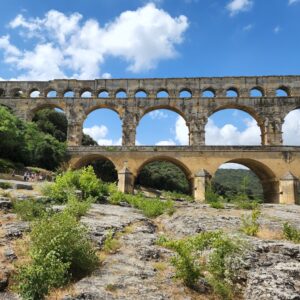
Pont du Gard
A little to the north of Arles, the Pont du Gard is an ancient Roman aqueduct designed to carry water 50 km to Nîmes. It’s the one of the best preserved Roman aqueduct bridges. Of the three tiers, you can walk along the bottom bridge.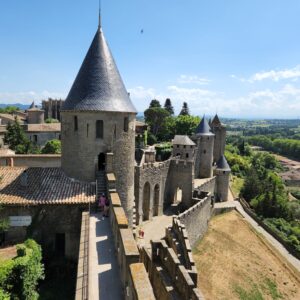
Carcassonne
Carcassonne was a strategic medieval fortified city connecting the Mediterranean Sea with the Pyrénées. It looks like the castles in fairy tales. There are two exterior walls and two levels of ramparts that you can walk along.
Lavender Fields
How many things have a color named after them? Visit the fragrant lavender fields in Provence in July. Check out fields next to Sénanque Abbey by Gordes or perfect rows in Terraroma near Valensole. Top it all off with a scoop of lavender ice cream!
Vineyards
Vignobles, or vineyards, are everywhere across the French countryside. Legendary Châteauneuf-du-Pape is north of Avignon and famous for its reds. Provence is known for its rosés, which are cool, fizzy, and refreshing in the summer heat.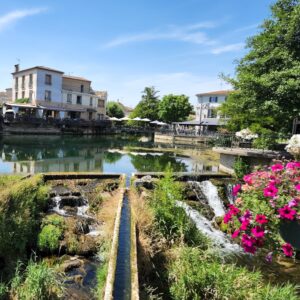
L’Isle-sur-la-Sorgue
L’Isle-sur-la-Sorgue is a little village with flowing streams and waterwheels. Stop at one of the cafés by the Sorgue River. Walk along the flea market and bustling antiques stalls. Explore this village when you are near Avignon.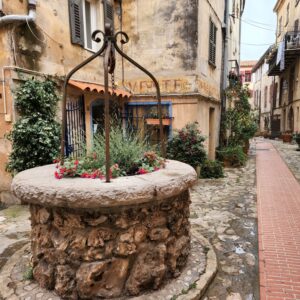
La Turbie
La Turbie is on a balcony in the hills above Monte Carlo. In addition to amazing views, make a pit stop at one of its outstanding bakeries and walk along its narrow streets. Inspect the ruins of the Trophée d’Auguste, a monument to Roman victory over 45 tribes in the Alps.
FOOD
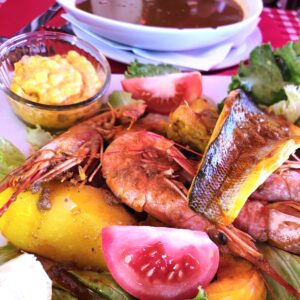
Bouillabaisse
This fish stew from Marseille contains the daily catch and Provençal herbs. There are rich soup is served in a bowl with garlic-rubbed croutons. The seafood is on a separate plate with red scorpionfish, whitefish, shrimp, and mussels. You dip the fish and shellfish in a saffron aioli sauce.
Panisse
Panisses are crispy and custardy chickpea flour fritters found in Marseille seaside stands. The warm panisse is crispy on the outside and soft and creamy on the inside. Enjoy these snacks with a glass of rosé.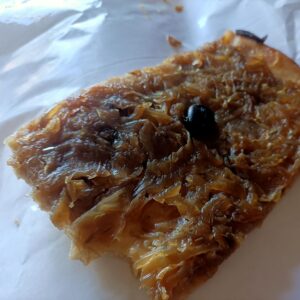
Pissaladière
Pissaladière is a flatbread with anchovies, olives, caramelized onions, and fresh herbs. Hailing from Nice, the thick and fluffy Pissaladière is delicious either warm or cold.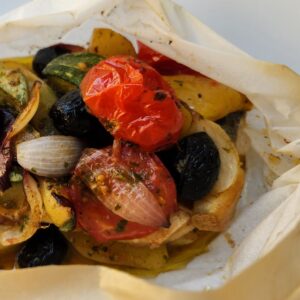
Poisson en Papilotte
The chef carefully wraps and folds the fish in a parchment paper packet along with sweet tomatoes, onions, zucchinis, and olives. After a good dose of good olive oil, the packet is steamed. The fish is juicy and tender and the vegetables are aromatic and packed with flavor.

Magret de Canard
Magret de Canard is a quickly seared duck breast. The skin is extremely crispy and the duck breast is medium rare – pink and juicy.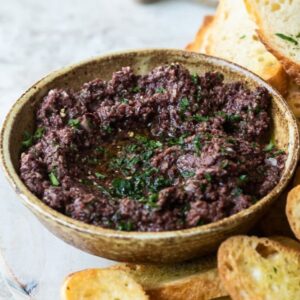
Tapenade
Tapenade is a Provençal dip of chopped olives, capers, and anchovies. Spread it on a nice crusty baguette.
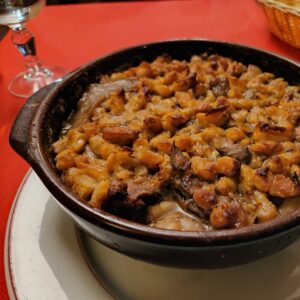
Cassoulet
Cassoulet is a rich complex stew with pork shoulder, sausage, ham, duck leg, white beans, and haricot beans. The slow cooking in a clay pot combines all the flavors and a nice crust to provide deep comfort on a chilly night.